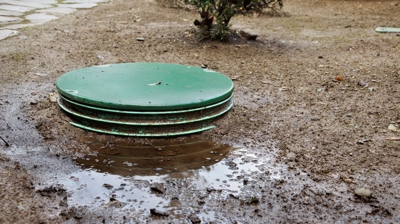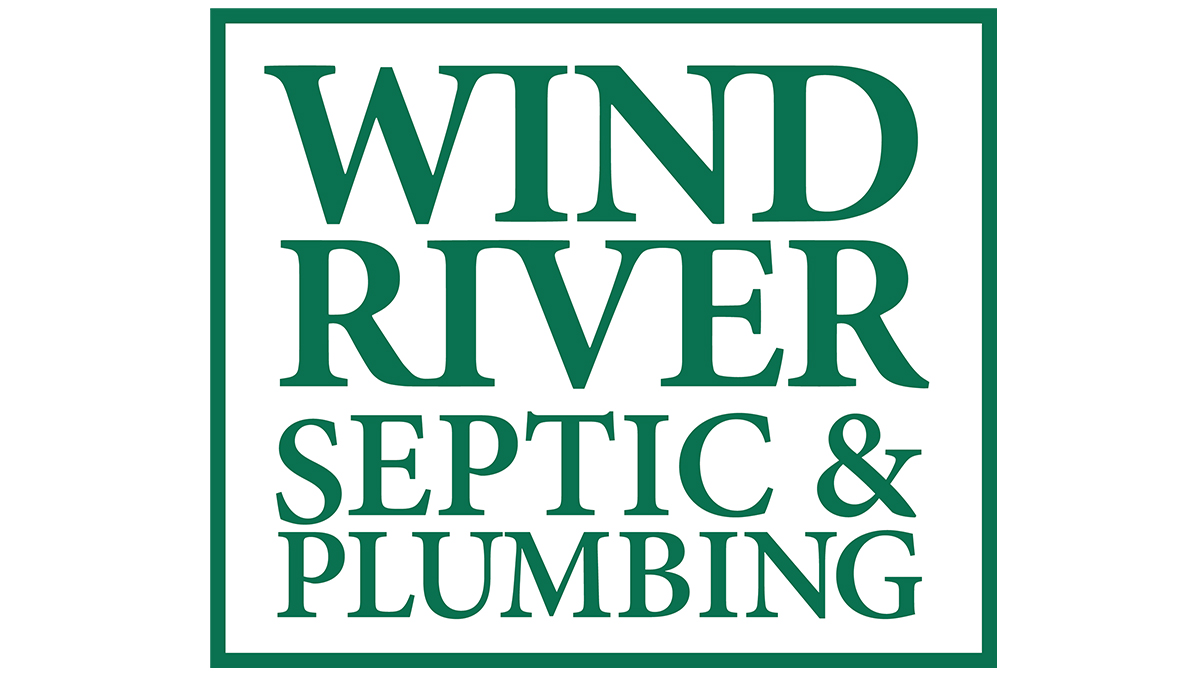A burst pipe—which shows itself through water leakage, water pressure problems out of the blue, and wall stains—can definitely be alarming. But don’t panic! Reacting quickly and properly is the key to minimizing damage to your property.
Here’s a quick checklist, followed by in-depth info so you can tackle the issue swiftly:
- Turn Off Water and Electricity ASAP
- Contact Pipe Repair Pros
- Check Your Home’s Temperature
- Start Water Removal
- Document Damage for Insurance
1. Turn Off Water and Electricity ASAP
When a pipe bursts, the first thing to do is shut off your water right away to avoid more damage to your property. You’ll have to find your water shut-off valve, which is usually found in your basement or crawlspace (or sometimes near your water heater tank). If you can already see the broken pipe, jot down the location so your plumber can get right to work when they arrive.
After you’ve turned off your water, you may want to do the same for your electricity. Electric currents plus water can equal big potential hazards. Working off your home’s electrical panel, turn off circuits near the burst pipe. If you’re not certain how your home’s circuits are programmed, you may want to shut off electricity for the whole house, just to be safe.
2. Contact Pipe Repair Pros
The next step is to call a plumber. (If you can’t turn off your water, the situation is all the more urgent. In this case, you need to call an emergency plumbing service before extraneous damage transpires.)
3. Check Your Home’s Temperature
One of the most common origins of a burst pipe is frozen water, which applies internal pressure to the point of breakage. If you don’t tackle the low temperature, you could risk another pipe bursting. If the problematic pipe is in an area that can’t be temperature-controlled—like a garage or crawlspace—you may want to add heating or insulation to avoid a recurrence.
4. Start Water Removal
Now it’s time to remove the water that’s accumulated. However, if sewage might be in the mix, wait until the plumber weighs in. You don’t want to risk your health.
You can start by collecting water with towels and mops. You may even need a wet/dry shop vac or pump if the amount is significant. Open windows and run a dehumidifier to prevent mold growth by drying surfaces and eliminating water from the air.
5. Document Damage for Insurance
One of the major pitfalls of a burst pipe is the damage it can cause. You’ll have to ask your homeowners or renters insurance provider what exactly is covered, but you can at least start to document now.
Clear photographs are essential, and videos can also be very helpful. A recorded walk-through can catch elements you may not even notice in the moment. Make a detailed list of what’s been damaged, including brand, model, and condition. This will help when you file your claim and need to ascertain replacement costs of every item.
7 Signs Your Water Pipe Has Burst
A pipe burst doesn’t always manifest in leaking water. Sometimes, you may not even be aware it’s happening (causing damage and costing you money, all the while). Here are some of the most common warning signs, so you can spot a burst pipe before it gets even more perilous.
1. Visible Water Leakage
If you see water spilling into your home—whether from a pipe that’s visible, below a sink, or under a wall—that’s a classic sign of a burst pipe.
2. Ballooning Water Bill
A water bill that’s higher than normal could be an indicator of a broken pipe.
3. Change in Water Color
If you spot a difference in the color of your water, do not drink it! It could possibly be contaminated, and the cause could be a damaged pipe.
4. Odorous Water
Strange odors—like sewage or mustiness—point to a busted pipe and potential mold growth. Don’t drink this water, either!
5. Issues with Water Flow
Are typically strong showers or faucets suddenly weak? A broken pipe can decrease water pressure, causing this problematic water flow.
6. Wall Stains
Suddenly notice stains on your walls or ceilings? Water leakage from a broken pipe is a likely culprit.
7. Noisy Pipes
A broken pipe can create noise inside your walls. If it’s actually not a full-on burst, it could be a sign of a clogged conduit, such as a backed-up sewer line.
4 Causes of Burst Pipes—And How to Prevent Them
Despite the mess of burst pipes, they are—fortunately—most preventable. Learn the most typical causes and how to take preventive action.
1. Low Temperatures
Temperatures that are too low are the main cause of pipe breakage. Cold can make your water pipes freeze, administering excess pressure and making a crack.
Unheated areas—like basements, garages, and crawl spaces—are tricky, but can be resolved with a portable heater or insulation during freezing weather.
Under your sinks and inside closets are other overlooked areas. If your thermostat is kept low, these locations can be colder than surrounding spots. Open cabinets, closets, and other unreached spots with pipes to allow heat to enter and prevent freezing and bursting.
2. Pipe Clogs
A pipe that’s clogged can also create pressure, leading to a burst. Even if a clog seems inconsequential, it’s imperative to deal with it as soon as you know about it. Booking routine drain cleanings and maintenance can keep this plumbing situation handled.
In addition, how you treat your pipes day-to-day can make a big impact. Don’t pour fats, oils, or grease down your drain! Follow these additional sink tips to keep your pipes flowing properly.
3. Moving Pipes
Sometimes a burst pipe is beyond your control. Spreading tree roots and construction—like heavy tools or machinery—can lead to cracks and breakage. If you plan to do digging on your property, contact your utility company first to learn where you won’t have underground obstruction. And if you’re planting a tree, aim away from pipes and other covered infrastructure.
4. Corroded Pipes
Metal pipes can corrode (break down and weaken) as water flows through, creating rust that causes pipes to thin and crack. Older plumbing, in particular, is vulnerable. Inspections by pros (like our experts at Wind River!) can analyze your pipes and let you know when a repair or replacement is needed—before things get critical.
Don’t wait—contact us today for immediate assistance with burst pipes and other plumbing and septic emergencies.


.2507100728248.png)


.2508141213110.png)